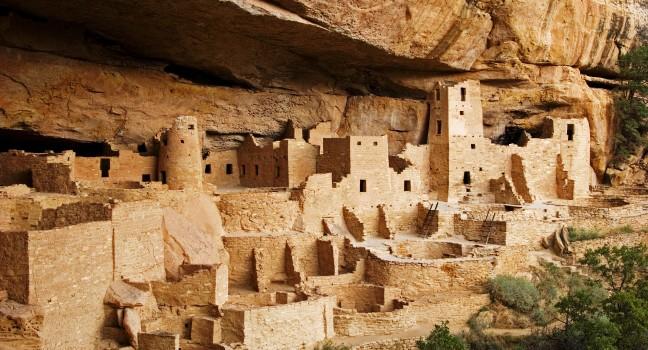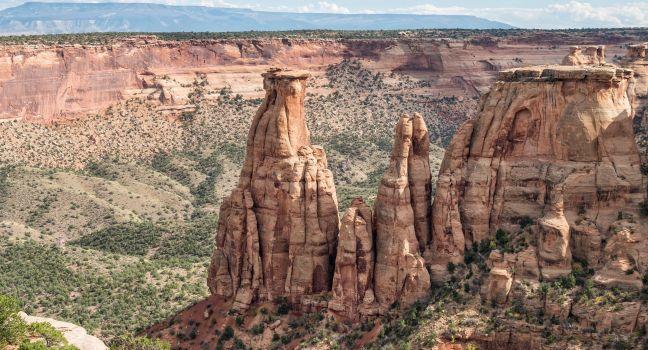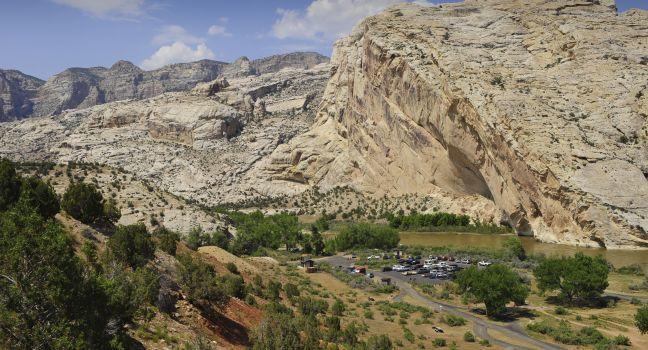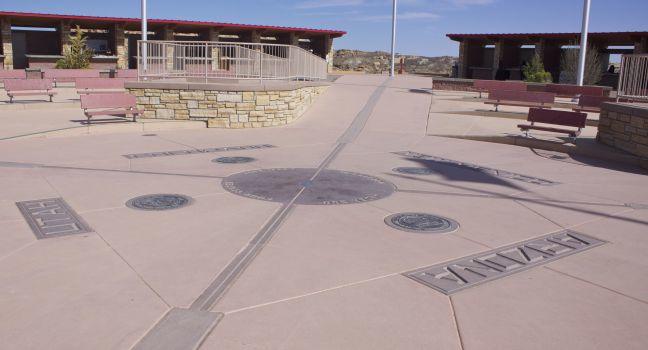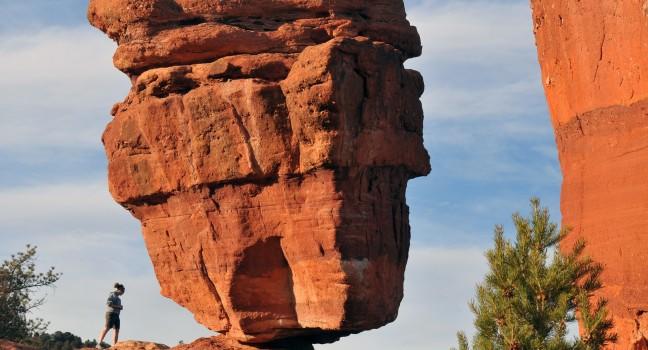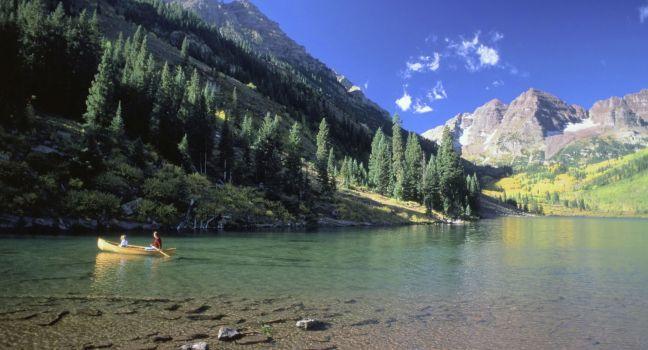16th Street Mall
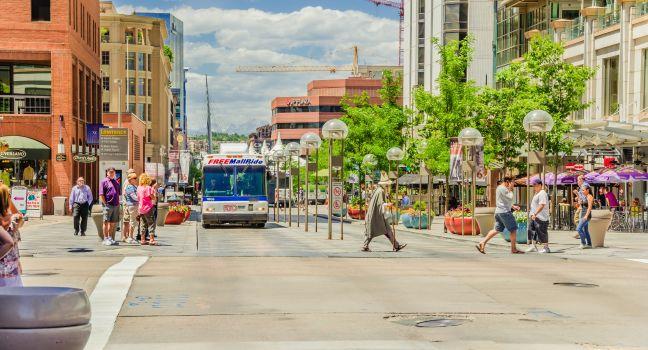
Outdoor cafés and tempting shops line this pedestrian-only 18-block, 1¼-mile thoroughfare, shaded by red-oak and locust trees. The mall's businesses run the entire socioeconomic range. There are popular meeting spots for business types at places like the Yard House in the Sheraton Hotel; a front-row view of the many street performers and goings-on from restaurants' sidewalk patios; and plenty of fast-food chains. Although some Denverites swear by the higher-end Cherry Creek Shopping District, the 16th Street Mall covers every retail area and is a more affordable, diverse experience. You can find Denver's best people-watching here. Catch one of the free shuttle buses at any corner that run the length of downtown. Pay attention when you're wandering across the street, as the walking area and bus lanes are the same color and are hard to distinguish.
